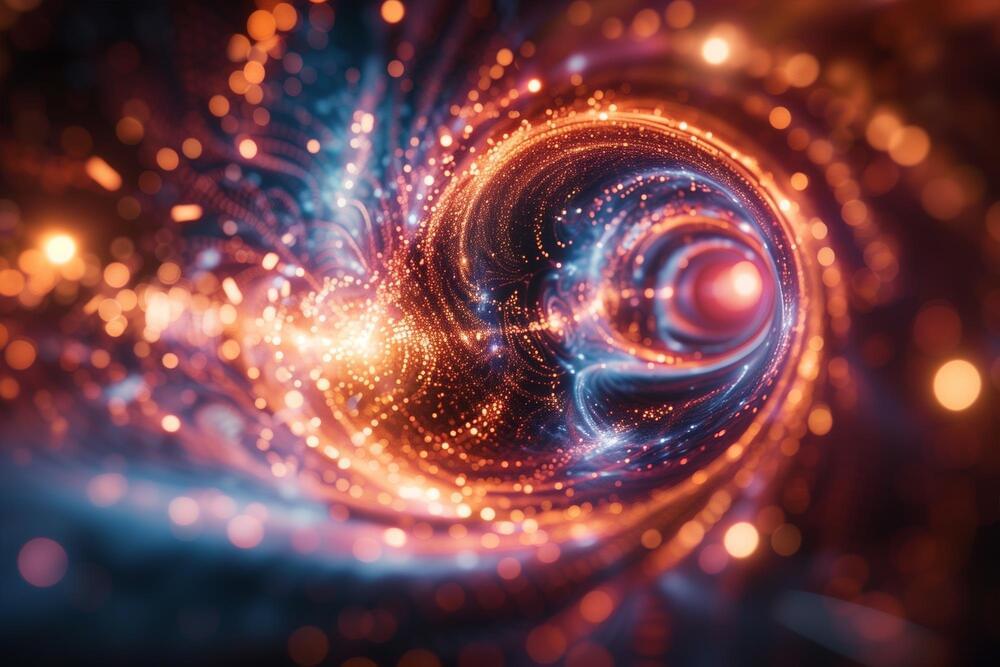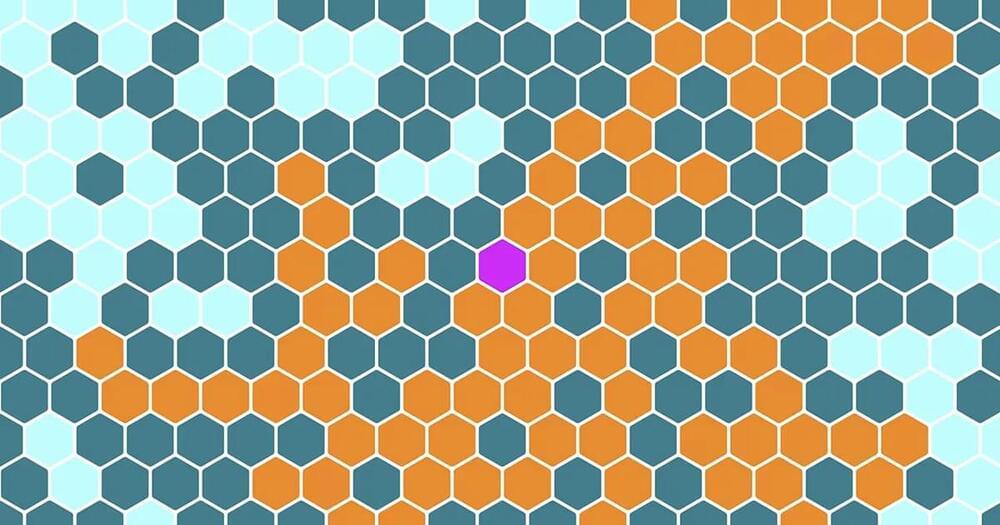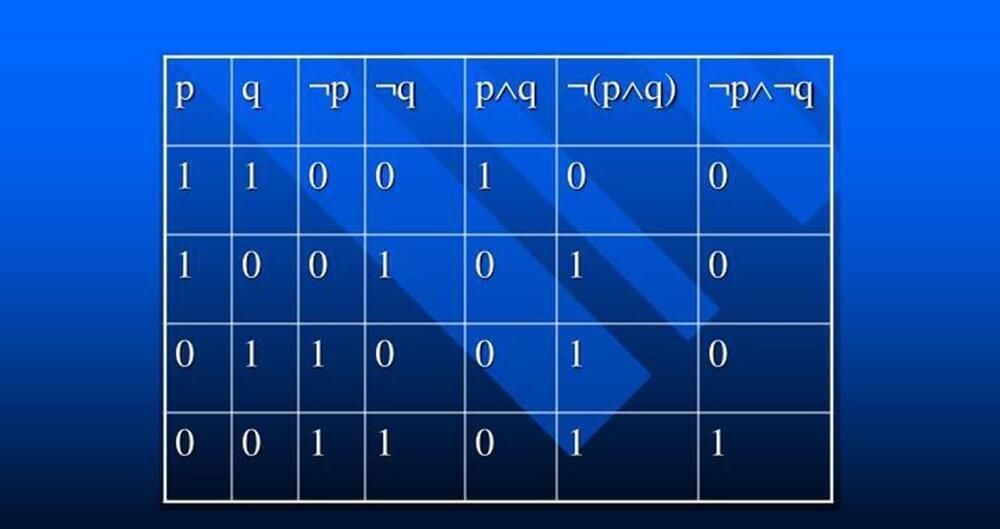What does “equals” mean? For mathematicians, this simple question has more than one answer, which is causing issues when it comes to using computers to check proofs. The solution might be to tear up the foundations of maths.
By Alex Wilkins

What does “equals” mean? For mathematicians, this simple question has more than one answer, which is causing issues when it comes to using computers to check proofs. The solution might be to tear up the foundations of maths.
By Alex Wilkins

Emergent phenomena: large-scale patterns and organization arise from innumerable interactions between component parts.
The behavior of a complex system might be considered emergent if it can’t be predicted from the properties of the parts alone.
The puzzle of emergence asks how regularities emerge on macro scales out of uncountable constituent parts. A new framework has researchers hopeful that a solution is near.

Fields Medalist Terence Tao explains how proof checkers and AI programs are dramatically changing mathematics.
Mathematics is traditionally a solitary science. In 1986 Andrew Wiles withdrew to his study for seven years to prove Fermat’s theorem. The resulting proofs are often difficult for colleagues to understand, and some are still controversial today. But in recent years ever larger areas of mathematics have been so strictly broken down into their individual components (“formalized”) that proofs can be checked and verified by computers.
This is a series of videos that I decided to make on Georg Cantor’s groundbreaking works published in 1,895 and 1,897 titled Contributions to the Founding of the Theory of Transfinite Numbers.
This work could probably be counted among the most influential and significant works in mathematical history — Cantor’s transfinite numbers changed the face of mathematics completely (although, not to everyone’s pleasure). The impact of Cantor’s work can’t be underestimated.
In this series of videos I will go through the definitions of aggregate, cardinal numbers, simply ordered aggregates, ordinal types and ordinal numbers amongst others. I will also go through some of the properties of these objects including arithmetical operations of cardinal numbers and ordinal types and culminating in the arithmetic of the ordinal numbers of the second number class.

A simple concept of decay and fission of “magnetic quivers” helps to clarify complex quantum physics and mathematical structures.
Researchers employed magnetic quivers to delve into the fundamentals of quantum physics, specifically through the lens of supersymmetric quantum field theories. They have provided a novel interpretation of the Higgs mechanism, illustrating how particles gain mass and the potential decay and fission within QFTs.
Pioneering Quantum Physics Study
The American theoretical physicist, Brian Greene explains various hypotheses about the causation of the big bang. Brian Greene is an excellent science communicator and he makes complex cosmological concepts more easy to understand.
The Big Bang explains the evolution of the universe from a starting density and temperature that is currently well beyond humanity’s capability to replicate. Thus the most extreme conditions and earliest times of the universe are speculative and any explanation for what caused the big bang should be taken with a grain of salt. Nevertheless that shouldn’t stop us to ask questions like what was there before the big bang.
Brian Greene mentions the possibility that time itself may have originated with the birth of the cosmos about 13.8 billion years ago.
To understand how the Universe came to be, scientists combine mathematical models with observations and develop workable theories which explain the evolution of the cosmos. The Big Bang theory, which is built upon the equations of classical general relativity, indicates a singularity at the origin of cosmic time.
However, the physical theories of general relativity and quantum mechanics as currently realized are not applicable before the Planck epoch, which is the earliest period of time in the history of the universe, and correcting this will require the development of a correct treatment of quantum gravity.
Certain quantum gravity treatments imply that time itself could be an emergent property. Which leads some physicists to conclude that time did not exist before the Big Bang. While others are open to the possibility of time preceding the big bang.


Actually, nothing is wrong with it if you are a computer science major. It’s just that it has no place in the philosophy department.
From the point of anyone wanting to work in natural language, symbolic logic has all of the vices of mathematics and none of its virtues. That is, it is obscure to the point of incomprehensibility (given the weak neurons of this English major at any rate), and it leads to no useful outcome in the domain of human affairs. This would not be so bad were it not for all those philosophy major curricula that ask freshmen to take a course in it as their “introduction” to philosophy. For anyone looking to explore the meaning of life, this is a complete turnoff.
What were the philosophy mavens thinking?

As opposed to black holes, white holes are thought to eject matter and light while never absorbing any. Detecting these as yet hypothetical objects could not only provide evidence of quantum gravity but also explain the origin of dark matter.
No one today questions the existence of black holes, objects from which nothing, not even light, can escape. But after they were first predicted in 1915 by Einstein’s general theory of relativity, it took many decades and multiple observations to show that they actually existed. And when it comes to white holes, history may well repeat itself. Such objects, which are also predicted by general relativity, can only eject matter and light, and as such are the exact opposite of black holes, which can only absorb them. So, just as it is impossible to escape from a black hole, it is equally impossible to enter a white one, occasionally and perhaps more aptly dubbed a “white fountain”. For many, these exotic bodies are mere mathematical curiosities.
